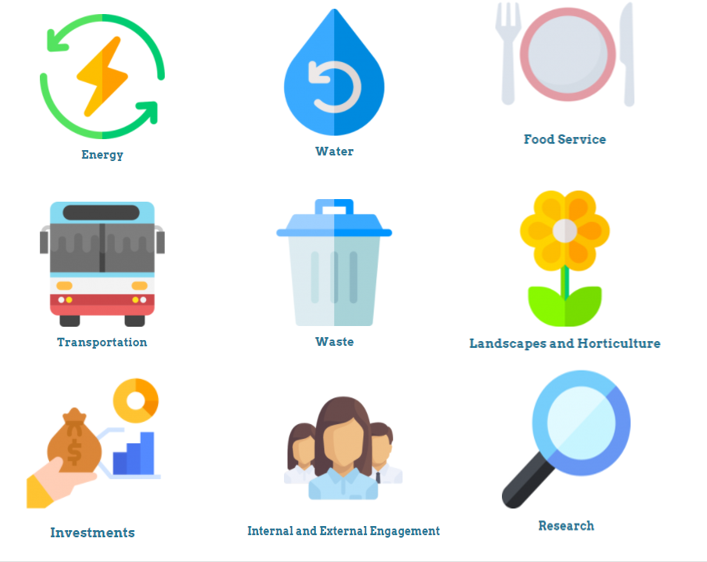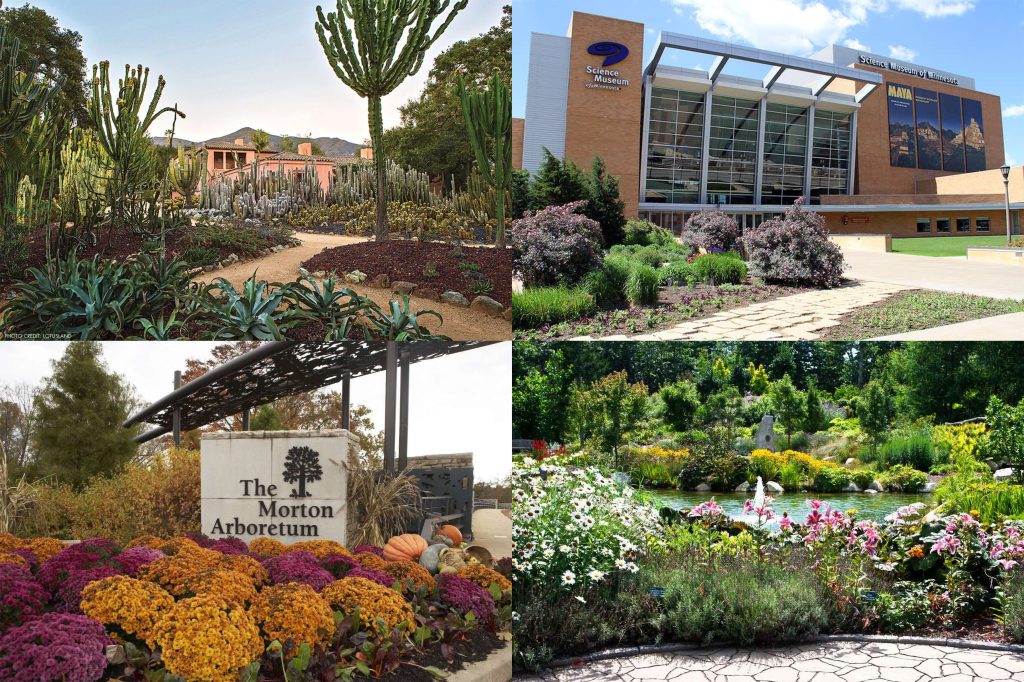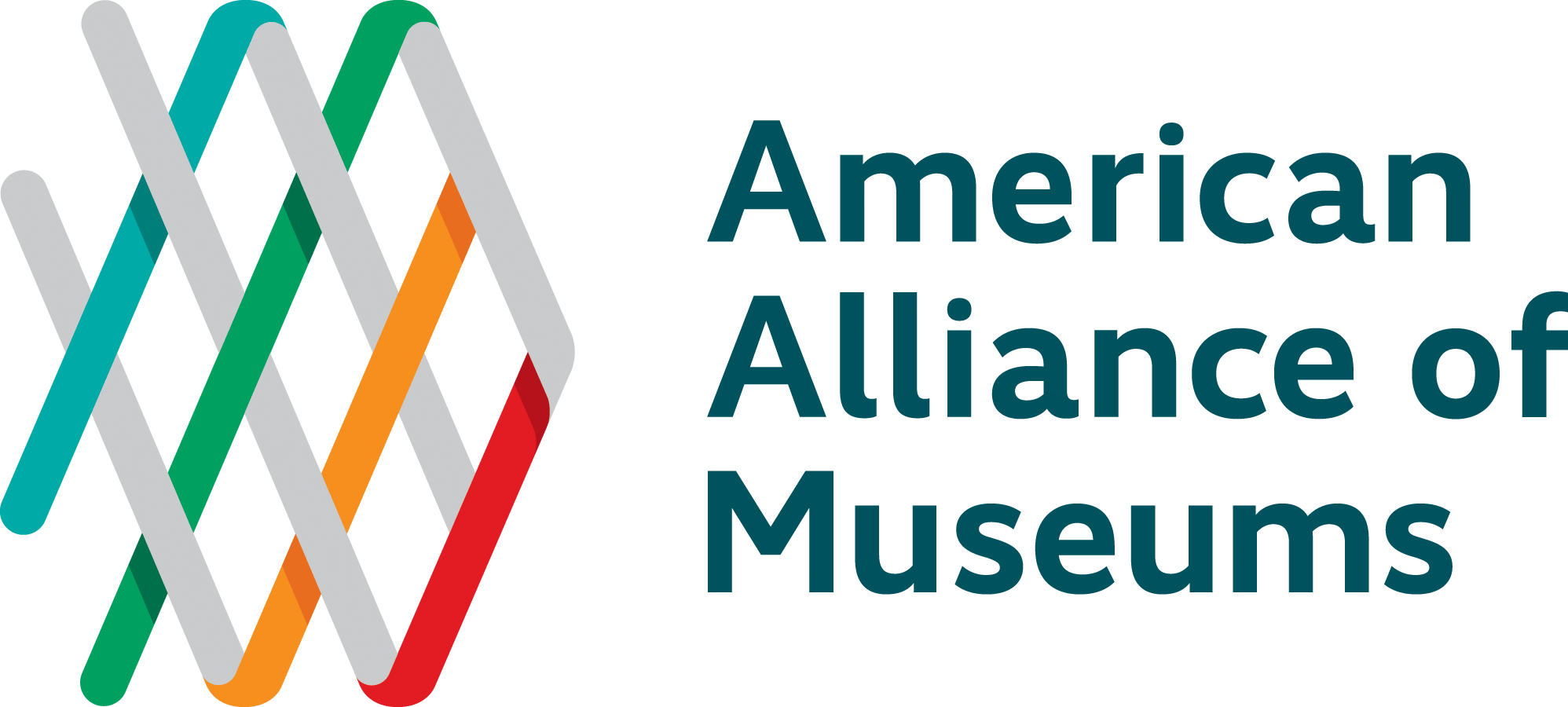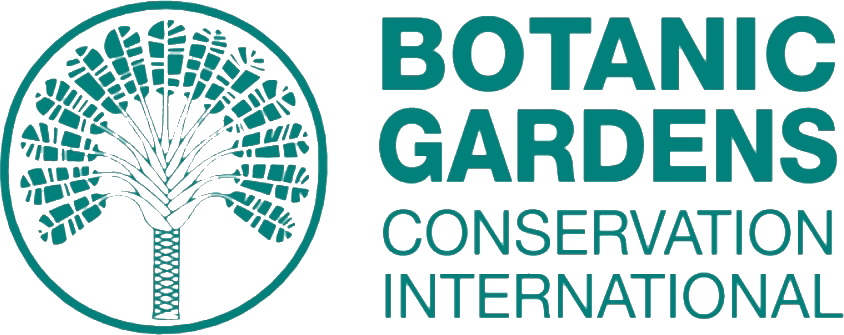Zana ya Hali ya Hewa- Uongozi wa Hali ya Hewa Hukutana na Ushirikiano
Na Richard V. Piacentini
Mgogoro wa hali ya hewa ni mojawapo ya changamoto kubwa zinazoukabili ulimwengu leo, na uongozi na wafanyakazi wa taasisi zetu za kitamaduni—kutoka kwa viongozi wakuu hadi wafanyakazi katika usimamizi wa vituo, mawasiliano, uhifadhi na taaluma nyinginezo—wanaweza kuchukua jukumu muhimu katika kulishughulikia. . Kupitia hatua ya pamoja ya bustani za mimea, makumbusho na mbuga za wanyama duniani kote, taasisi zetu zinaweza kushughulikia masuala haya kwa kiwango ambacho hakijawahi kushuhudiwa. Tunaweza kuongeza hatua hii kwa kuhimiza washiriki wetu wa pamoja—zaidi ya wageni milioni 500 kwa mwaka—kuchukua hatua wenyewe. Mabadiliko si rahisi, lakini inakuwa rahisi mashirika yanapofanya kazi pamoja kusaidiana. Hapa ndipo Zana ya Hali ya Hewa inapoingia.
Zana ya Hali ya Hewa (climatetoolkit.org) iliundwa kama fursa shirikishi na kitovu cha rasilimali kwa mashirika ya kitamaduni yenye msingi wa makusanyo ambao wanataka kubadilishana habari, kushauriana, kujifunza jinsi ya kushughulikia kwa ukali mabadiliko ya hali ya hewa, fursa ya ushirikiano na kitovu cha rasilimali kwa makusanyo- mashirika ya kitamaduni yanayotaka kupeana habari, kushauriana, kujifunza jinsi ya kukabiliana na mabadiliko ya hali ya hewa kwa ukali, na kuhamasisha jamii wanazohudumia kufuata zao. kuongoza. Zana hii inajumuisha malengo 31 ya kushughulikia mabadiliko ya hali ya hewa ndani ya kategoria za nishati, huduma ya chakula, maji, usafirishaji, taka, mandhari na kilimo cha bustani, uwekezaji, ushiriki wa ndani na nje, na utafiti. Hadi sasa, Zana ya Hali ya Hewa inahusisha mashirika 55, yanayohudumia zaidi ya wageni 43,457,000 wa kila mwaka.

Zana iliundwa kwa kuelewa kwamba kila shirika ni tofauti, kila jumuiya ni tofauti, na kila eneo la kibayolojia ni tofauti, na kwamba kila moja italazimika kuyapa kipaumbele maeneo ambayo ni muhimu zaidi kwao kushughulikia. Hii ina maana kwamba mipango endelevu itakuwa ya kipekee kama kila taasisi. Hakika, lazima ziakisi hali halisi ya maisha ya eneo la eneo la taasisi, ikiwa zitakuwa na athari ya kuzidisha ndani ya jumuiya wanazohudumia.
Katika miaka mingi ya kuongoza mipango endelevu katika Phipps, tumegundua kwamba hatuwezi kukabiliana na mabadiliko ya hali ya hewa kupitia hatua ya taasisi moja au mtu mmoja. Tunahitaji kufanya kazi pamoja. Elimu, vifaa, uendelevu, masoko, kilimo cha bustani na idara nyingine zimekuwa muhimu katika kusaidia kuanzisha mbinu bora, na zimeendelea kushughulikia mabadiliko ya hali ya hewa huku zikiendelea kuwa hai katika jamii. Iwapo taasisi za umma na wataalamu wao watafanya kazi pamoja kwa pamoja, tunaweza kushiriki taarifa muhimu na mifano iliyofanikiwa, kusaidia kujibu maswali ya kila mmoja wetu, na kusaidiana katika safari zetu za uendelevu.
Zana ya Hali ya Hewa huwasaidia washiriki kufikia malengo yao kwa kuanzisha mijadala katika mifumo mbalimbali. Zana huendesha mahojiano ya kielimu kuhusu mipango endelevu na taasisi ambazo zimefanikisha malengo yao, hutoa miongozo kuhusu mada mahususi zinazohusiana na hali ya hewa, na huandaa mifumo shirikishi ya wavuti ili kuendeleza mazungumzo. Zana ya Hali ya Hewa hufanya kazi moja kwa moja na taasisi ili kuunda makala za habari zinazoelezea mchakato wa kukamilisha juhudi maalum, ikiwa ni pamoja na
wapi pa kuanzia, nini cha kutarajia, na jinsi ya kushinda changamoto mahususi.
Taasisi zetu za umma zimekuwa zikifanya kazi kwa bidii kuelekea malengo yao na kuleta mabadiliko ndani ya jumuiya zao, na ujuzi wetu wa pamoja na muunganisho tayari unathibitisha kuwa rasilimali zetu kuu. Baadhi ya mifano ya maudhui ya hivi majuzi ni pamoja na nyenzo za kusaidia kupunguza matumizi ya plastiki, mwongozo wa jinsi ya kukamilisha ukaguzi wa nishati, mahojiano kuhusu manufaa ya timu za kijani kibichi, jinsi ya kununua nishati mbadala, na zaidi!

Wavuti pia huundwa ili kuwezesha majadiliano ya moja kwa moja, kujibu maswali ambayo taasisi zinaweza kuwa nayo, na kuwasilisha habari mpya. Tunataka rasilimali zetu zipatikane na kila taasisi ya umma. Nakala zote za wavuti, nakala, miongozo na rasilimali zingine ni za umma na ni bure kwa taasisi zote - hata kwa hizo
bado si sehemu ya Zana ya Hali ya Hewa. Ili kusaidia kuendeleza mjadala kuhusu hatua za hali ya hewa, Zana ya Hali ya Hewa ina zana nyingi za kuwasaidia washiriki kuungana na kuuliza maswali. Listserv pia iliundwa hivi majuzi ili kuruhusu mazungumzo ya faragha kuhusu changamoto za uendelevu, kuwaruhusu washiriki wetu kuungana haraka katika maeneo tofauti ya saa, na kuwasilisha maswali kwa taasisi zetu kuhusu juhudi mahususi zinazohusiana na hali ya hewa.
Zana ya Hali ya Hewa inahimiza majadiliano na mazungumzo katika kila ngazi ya washikadau, ikijumuisha wageni, wajumbe wa bodi, wafadhili na wafanyakazi. Zana ya Hali ya Hewa pia inafanya kazi kwa bidii ili kuanzisha mazungumzo kuhusu mabadiliko ya hali ya hewa na vijana wetu katika eneo la Pittsburgh: Kamati ya Ushauri ya Hali ya Hewa ya Vijana inayojumuisha wanafunzi 20 wa shule za upili na vyuo vikuu imeanzishwa ili kuhimiza mazungumzo ya hali ya hewa na kuchukua hatua kama kielelezo cha wengine. Hatimaye tunatarajia kusaidia taasisi nyingine kuunda kamati zinazofanana za vijana ambazo zinaweza kuunganishwa pamoja kupitia Zana.
Kamati ya ushauri wa kiufundi pia iliundwa ili kusaidia kukagua na kutoa maoni kuhusu vipande vya habari na miongozo ambayo Zana inaunda. Kadiri Zana zinavyopanuka kimataifa, na katika maeneo ya saa na maeneo ya kibayolojia, tutaunda vikosi vya kazi vya ziada ili kusaidia kuhakikisha kuwa taarifa ni muhimu kwa taasisi hizi zote.
Bustani za mimea, mbuga za wanyama na makumbusho ni taasisi za umma zinazoaminika ambazo zimebadilika ili kukidhi mahitaji ya maeneo yao mahususi ya kibayolojia na jumuiya, zikitoa fursa ya uongozi ndani ya jumuiya zao kuhusiana na masuala ya afya ya binadamu na mazingira. Kwa pamoja, taasisi za umma zinaweza kuwa na athari kubwa katika kushughulikia mabadiliko ya hali ya hewa, kwa kupata mzizi wa tatizo, kushughulikia mitindo ya maisha ya binadamu, na kufanya kazi ili kuleta mabadiliko ya kudumu.

Uongozi wa kila bustani, jumba la makumbusho na mbuga ya wanyama lazima ushughulikie visababishi vikuu vya maswala ya kipekee ya mazingira ambayo jamii zetu hukabili, na lazima ufanye hivyo kwa njia ambayo inaweza kuigwa na kukuzwa kwa wageni. Kama wataalamu wa vifaa, mnafanya kazi katika maeneo mengi ambayo yanaweza kushughulikia moja kwa moja mabadiliko ya hali ya hewa, ikiwa ni pamoja na udhibiti wa taka, na matumizi ya nishati na maji, ambayo ni maeneo muhimu kwa taasisi yako. Una fursa ya kipekee ya kuangalia ndani ya shughuli zako na kuunda mabadiliko ambayo yanaweza kupunguza kwa kiasi kikubwa uzalishaji wa kaboni kwenye chuo chako na kuhamasisha wageni wako. Unapokuwa msimamizi wa uendelevu, unaweza kushughulikia masuala muhimu huku ukiweka mfano kwa wengine kubadilisha jinsi wanavyoingiliana na ulimwengu wote.
Kuna njia nyingi za kujihusisha na kazi yetu ikiwa taasisi yako bado haijawa tayari kujiunga na Zana ya Hali ya Hewa. Kwa mfano, unaweza kutembelea climatetoolkit.org na ujiandikishe kwa jarida letu, ambalo litakuweka katika kitanzi cha makala mpya, wavuti zijazo, na kazi zingine. Ukiwa tayari, timu yetu iko hapa kukusaidia kusajili taasisi yako na Zana na kutangaza eneo la kuzingatia ambalo linakufaa. Tunatazamia kuunganishwa zaidi—hakuna kikomo kwa kile tunachoweza kutimiza pamoja.






Maoni Mapya